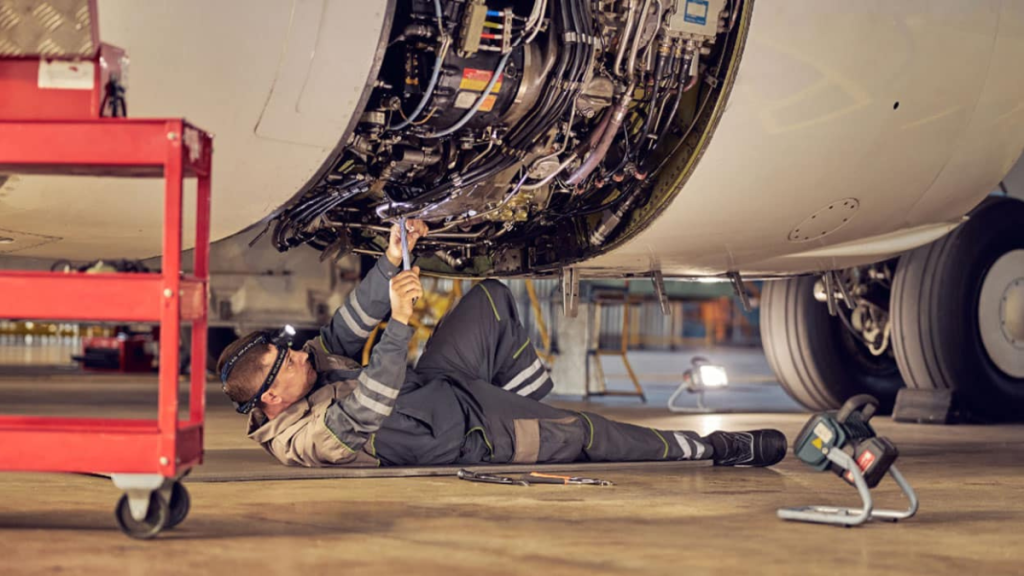In aviation training, the way students interact with tools on day one shapes their habits for the rest of their careers. A randomly organized, generic set can create bad practices that are hard to unlearn. However, a professionally built toolkit is purpose infused to aviation standards while being structured for real-world workflows. Such mechanics kits prepare air maintenance students not just to pass assessments, but to operate with the discipline and accuracy the industry demands.
1. Safety and Tool Control Built into the Learning Process
In aviation, accountability over every single item is a safety matter—not an administrative one. A well-structured aviation student toolkit is designed to help students develop tool control as second nature, ensuring they graduate with habits that align with the industry’s highest safety standards. That means every tool has its place, and that place tells a story if the tool is missing
Here’s how that works in practice;
- Custom shadow foam layouts; instantly show empty spaces, reinforcing daily accountability habits.
- Laser-etched identification codes; make inventory quick and accurate.
- Push-point release systems; speed up retrieval while keeping storage secure.
These aren’t just storage solutions—they’re training tools that embed safety culture from the start.
2. Precision Matching to Aviation Curriculum Requirements
Aviation students don’t need “a bit of everything”—they need the right tools for the modules they’re learning now, with room to expand for the skills they’ll learn next. With quality pre-designed and custom-configurable kits, you get exactly that;
- Core sets matched to EASA and CAA training standards; covering airframe, avionics, and powerplant essentials.
- Modular build options; allowing additions as training advances.
- Industry-grade tool specifications; so students train with exactly what they’ll use in the field.
That isn’t about adding more tools—it’s about adding the right ones, at the right time.
3. Durability for High-Use Training Environments
Student tools don’t live a gentle life. Instructors know the difference between a kit that lasts one term and one that lasts the length of a programme. Reputable engineers design for endurance;
- Commercial-grade build quality; keeping accuracy intact under heavy handling.
- Replacement parts availability; meaning lost or damaged tools can be swapped without replacing the whole set.
- Maintenance schedules built into training; reinforcing real-world care standards.
It’s about creating a toolkit that trains both technical skill and equipment responsibility.
4. Space-Efficient Storage for Busy Workshops
Training environments are busy, and floor space is always under pressure. Precision foam-organized toolkits and compact storage cases make it possible to equip more students without sacrificing movement or workflow. This is what that looks like;
- Dual-color shadow foam; giving immediate visual readiness checks.
- Transport-ready cases; for mobile training units and multi-site programs.
- Organized retrieval systems; cutting downtime between practical sessions.
When tools are stored smartly, both the workspace and the students perform better.
In conclusion, in aviation education, the toolkit isn’t just a box—it’s a training partner that shapes discipline, safety, and skill application from the ground up. Professional builders don’t just supply tools; they deliver tailored, industry-compliant systems that prepare students for the exact conditions they’ll face in the hangar. Because when a toolkit is built with aviation in mind, it becomes more than equipment—it becomes a standard.




